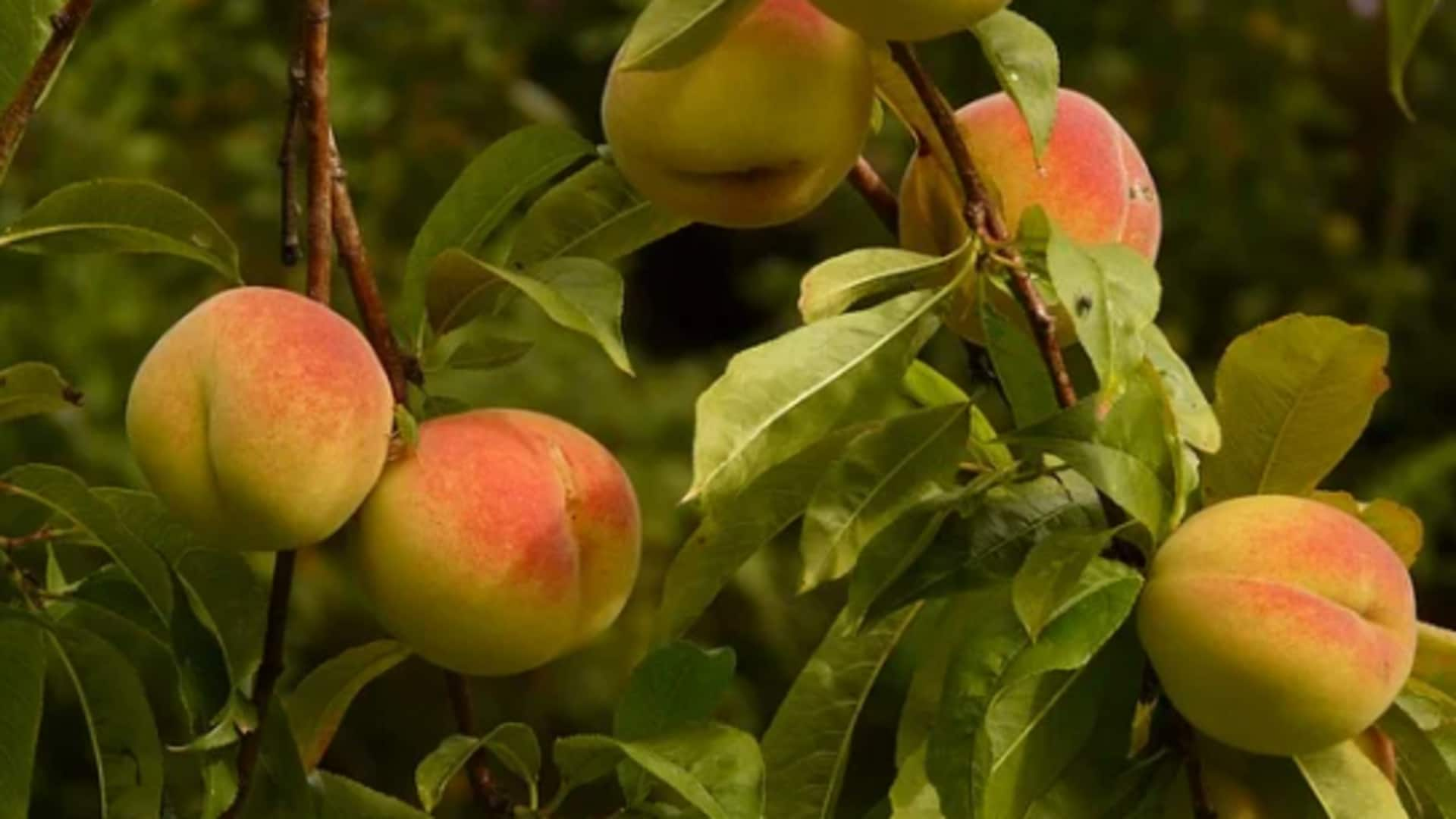
5 simple tips for growing nectarine trees at home
What's the story
Nectarines bring a touch of elegance and the joy of homegrown goodness to any garden.
However, for these trees to thrive and produce bountiful harvests, proper care is key.
This article details five crucial tips for nurturing nectarine trees.
It discusses optimal strategies for choosing a planting location, addressing watering needs, pruning, managing pests, and fertilizing.
Each piece of advice aims to help your nectarine trees reach their full potential.
Location
Selecting the right spot
Nectarine trees need a sunny spot with well-draining soil to thrive.
They require a minimum of six hours of direct sunlight each day.
Select a location that is protected from strong winds but still receives plenty of sunlight when planting.
Steer clear of low areas where cold air or frost might accumulate, as nectarines are vulnerable to cold.
Irrigation
Watering wisely
Appropriate watering is key for nectarine trees, particularly in the first two years after planting and during fruit development stages.
Young trees should be watered weekly, allowing moisture to penetrate deep into the soil.
As the tree matures, reduce the frequency but maintain deep watering to promote root growth.
In times of drought or extreme heat, additional watering may be required.
Pruning
Pruning for health and productivity
Annual pruning is essential for maintaining nectarine tree health and optimizing fruit production.
Perform this task during winter or early spring, before the onset of new growth.
Start by eliminating dead or diseased branches, then thin out crowded areas to improve light penetration and air circulation within the canopy.
This helps prevent disease and ensures more even ripening of fruit.
Pest control
Keeping pests at bay
Nectarine trees are prone to infestation by a range of pests, including aphids, borers, and mites.
These pests can significantly impact the health of the tree and the quality of the fruit it produces.
Regular monitoring of your tree is crucial for early detection of pest infestations.
Using suitable organic pesticides or releasing beneficial insects such as ladybugs in your garden is a natural way to effectively manage common pests.
Fertilization
Fertilizing for optimal growth
Fertilizing nectarine trees promotes strong growth and abundant fruit.
Apply a balanced fertilizer in early spring before new growth begins, following the rate suggested by the product label for the size of your tree.
Be careful not to over-fertilize, as this can cause lots of leaves with little fruiting, but under-fertilizing can result in weak growth and fewer nectarines.